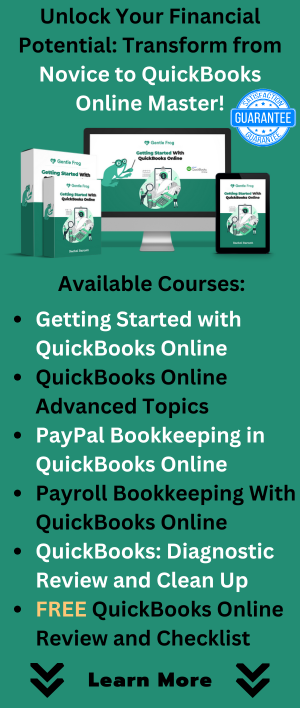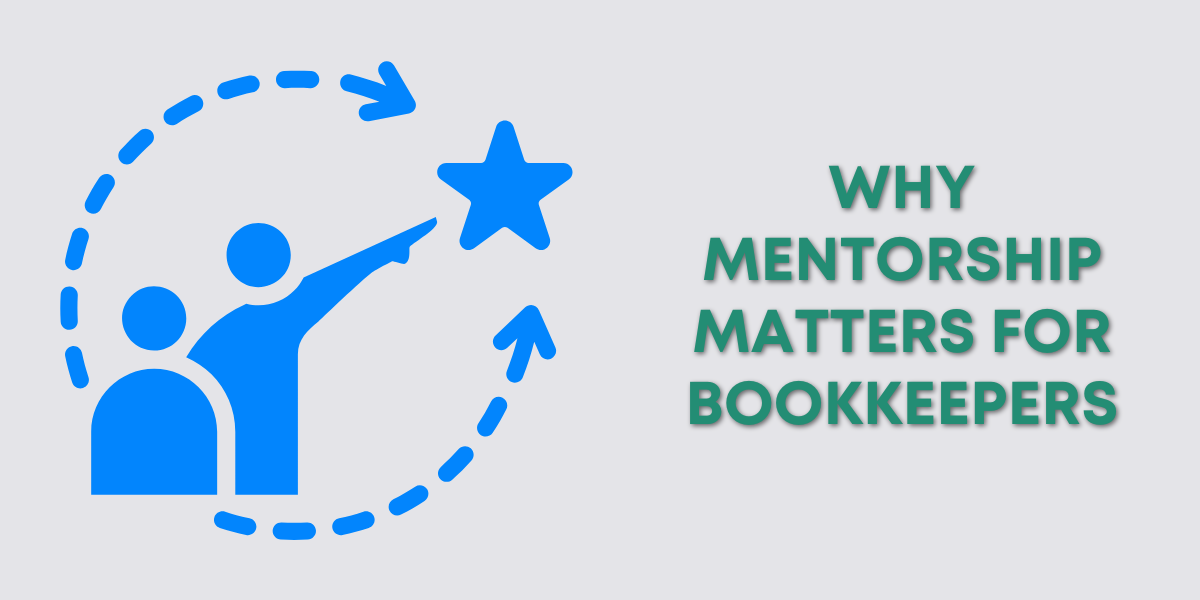We’ve all been there. You get an email from a potential client that simply says: “Call me.”
It seems harmless, right?
But you know what comes next: you call them, they’re busy. They call you back, you’re busy.
Before you know it, you’re trapped in the dreaded cycle of phone tag.
It wastes time, slows down business, and makes the process of working together harder than it needs to be.
There’s a better way—and it comes in the form of scheduling software.
Why Phone Tag Hurts Your Business
Every time you and a potential client chase each other’s availability, you lose momentum.
Instead of starting your relationship with efficiency and professionalism, you’re already showing them how difficult it can be to pin you down.
That’s not the impression you want to give.
In business, the smoother the process, the more confident your clients will feel.
Phone tag creates unnecessary friction.
Scheduling tools cut all of that out.
What Scheduling Software Actually Does
At its core, scheduling software allows you to:
Set up appointment types (discovery calls, client check-ins, training sessions, etc.).
Define your availability (no more “when are you free?” emails).
Let clients choose a time that works best for them.
Sync automatically with your calendar to avoid double-booking.
Send automatic reminders so no one forgets the meeting.
Instead of juggling texts and voicemails, everything is booked in a few clicks.
My Favorite Scheduling Tool
There are lots of options out there, Calendly, Book Like a Boss, Setmore, Appointy, Doodle. My personal favorite is Acuity Scheduling.
Here’s why:
It integrates with both my personal and work Google Calendars.
It hides any time slots that are already filled.
It makes me look professional when someone books directly on my website.
When someone wants to meet with me, they go to my scheduling link, pick a time that works, and everything is set.
No emails, no guessing, no stress.
Why Scheduling Software Makes You Look Professional
Clients want to feel that you value their time as much as your own.
By using a scheduling tool, you show them that you’re organized, efficient, and respectful of their schedule.
It’s not just about convenience, it’s about branding. A polished booking process communicates that you run your business with care and attention to detail.
Who Should Be Using Scheduling Software?
It’s not just for consultants or bookkeepers. Scheduling software is useful for:
Service providers who need regular client calls.
Coaches and trainers offering paid sessions.
Freelancers who want to streamline consultations.
Small business owners balancing multiple calendars.
Anyone tired of the back-and-forth of phone tag.
Basically, if your workday involves scheduling calls or meetings, you’ll benefit.
How Scheduling Software Helps You Screen Clients
Here’s something many people overlook: scheduling tools also help you filter potential problem clients.
If someone insists that you call them directly instead of booking through your scheduler, it’s a red flag.
They’re showing you upfront that they don’t respect your process.
For me, if someone refuses to use my scheduler, I politely decline working with them.
The clients who appreciate your system are the ones who will respect your time in the long run.
Try It Out for Yourself
Most scheduling tools offer free trials. That means you can test a few options and see which one feels the most natural for your business.
Start with Calendly if you want a clean, easy setup.
Try Acuity Scheduling if you need advanced options like intake forms or multiple calendars.
Look at Book Like a Boss if you want to build a more branded booking experience.
The point is to try them. Once you do, you’ll wonder how you ever lived without one.
Tips for Getting the Most Out of Scheduling Software
When you set up your scheduling tool:
Create clear appointment types. Label them with names clients will understand, like “30-Minute Discovery Call” or “Monthly Bookkeeping Review.”
Add buffers. Block time before and after meetings so you’re not rushing from one call to the next.
Automate reminders. Use text or email reminders to cut down on no-shows.
Integrate payments (if applicable). Some tools let you collect payment at the time of booking. Great for paid consultations.
Brand your booking page. Customize it with your logo and colors to match your business.
The Bottom Line
Scheduling software isn’t just a tool. It’s a way to reclaim your time, cut out unnecessary friction, and create a professional experience for your clients.
Stop wasting energy on phone tag.
Instead, give people a simple way to book with you. Your clients will thank you, your calendar will run smoother, and your business will grow with less stress.
So, your mission is clear: choose a scheduling tool, set it up, and start enjoying the freedom of a streamlined schedule.
You can thank me later. 🐸





